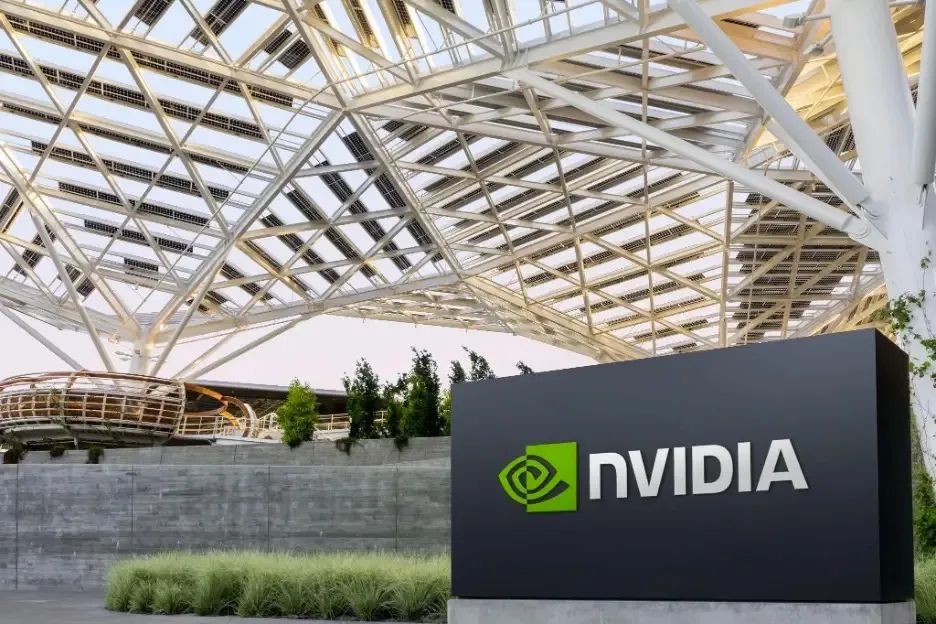Market capitalization of $3.5 trillion! NVIDIA tops the global market capitalization rankings, surpassing Apple as the strongest stock on earth
![]() 11/07 2024
11/07 2024
![]() 635
635
Text/Yang Jianyong
NVIDIA's share price has hit a new record high, with a market capitalization of up to $3.57 trillion (approximately RMB 25.6 trillion, equivalent to 12 Moutai), making it the company with the highest market capitalization globally. It should be noted that for over a decade, Apple has been the global leader, dominating the rankings for a long time. Nowadays, as information technology enters the AI era, NVIDIA has topped the global market capitalization rankings, surpassing Apple by $200 billion.

Regarding NVIDIA's performance, let's highlight the key points first:
1. NVIDIA becomes the strongest stock on earth;
2. NVIDIA chips are in short supply;
3. The development of AI large models across all sectors relies on NVIDIA's high-performance chips.
Undoubtedly, in the era of generative AI, NVIDIA is undoubtedly the biggest winner. In the capital market, it has soared all the way. After tripling in 2023, it has continued to surge by nearly 2 times this year. It is not only the most outstanding company among the seven giants of the US stock market (Microsoft, Apple, NVIDIA, Amazon, Google, Meta, Tesla) but also the strongest stock on earth. This shows investors' optimistic attitude towards the business prospects of AI.
It is worth noting that driven by the demand for chips from AI large models, NVIDIA may even become the first company with a market capitalization exceeding $4 trillion.
It is worth mentioning that AI large models cannot be separated from NVIDIA's high-performance chips. Whether it is technology giants or startups developing AI large models, they all rely on NVIDIA's AI platform. It is no exaggeration to say that the strength of an AI large model depends on how many NVIDIA cards it has behind it.
For example, OpenAI, which leads the development trend of large models, is also supported by NVIDIA. When sharing the story between him and OpenAI, Huang Renxun said: Although he did not participate in the creation of OpenAI, due to understanding OpenAI's demand for large computers, he personally delivered the first version of DGX to OpenAI.
Due to the large number of parameters and the scale of the training set of large models, training such models requires powerful computing resources, significantly increasing the demand for computing power, and the demand for the computing power of the underlying chips of large models is also released. At this year's NVIDIA GTC Conference, Huang Renxun said that if you want to train a GPT model with 1.8 trillion parameters, you need 8,000 Hopper GPUs, consuming 15 megawatts of electricity and running continuously for 90 days.
Overall, generative AI is a significant driving force for technological development, and NVIDIA is the core of this major technology. Among them, all sectors are scrambling to buy scarce chips to enhance their AI capabilities. The investment of the four major technology giants (Meta, Google, Microsoft, Amazon) in artificial intelligence alone amounts to $200 billion.
With deep pockets, technology giants have embarked on a "buy, buy, buy" mode, spending and hoarding billions of dollars in NVIDIA chips, thereby driving NVIDIA's performance through the roof and doubling its revenue. Revenue for the second quarter ended July 28, 2024, was $30 billion, a year-on-year increase of 122%; net profit was $16.6 billion, a year-on-year increase of 168%.
Interestingly, companies selling large models have failed to make money from them, and large model companies, including OpenAI, are unable to make ends meet. The ones who truly make money from large models are the "shovel sellers," NVIDIA, who make a fortune. In other words, selling computing power is currently the only AI business that can make a lot of money.
As always at the forefront of AI transformation, NVIDIA's platform plays a vital role in AI applications in many fields. Thanks to the generative AI trend, NVIDIA has seized this market opportunity and achieved rapid growth in market capitalization by leveraging its absolute advantage in the GPU field. Of course, while the capital market continues to climb, whether there is a bubble has also sparked controversy.
However, driven by generative AI, the demand potential of the artificial intelligence market is gradually being released. IDC predicts that by 2028, global spending on artificial intelligence, including applications that support AI, infrastructure, and related IT services, will more than double, reaching an estimated $632 billion.
With breakthroughs in large model technology, it indicates that the market prospect for generative AI is broad and is opening up a new era of growth, and NVIDIA is expected to continue to benefit.
Yang Jianyong, a contributor to Forbes China, expresses his personal views. He is dedicated to deeply interpreting cutting-edge technologies such as the Internet of Things, cloud services, artificial intelligence, and smart homes.








